Chris-z-2135-46-blog - Space Travel

More Posts from Chris-z-2135-46-blog and Others
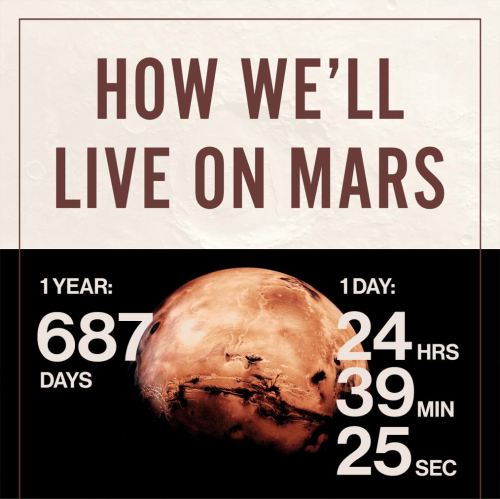
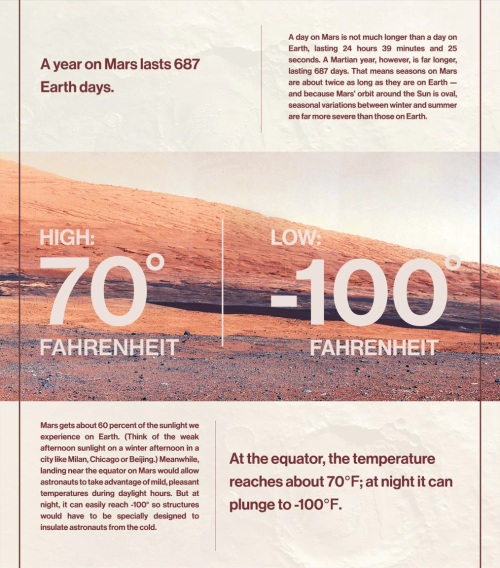
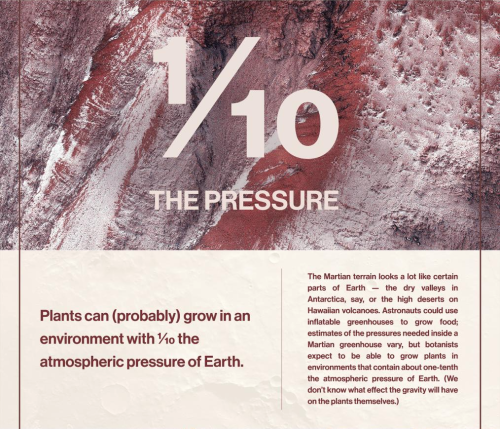
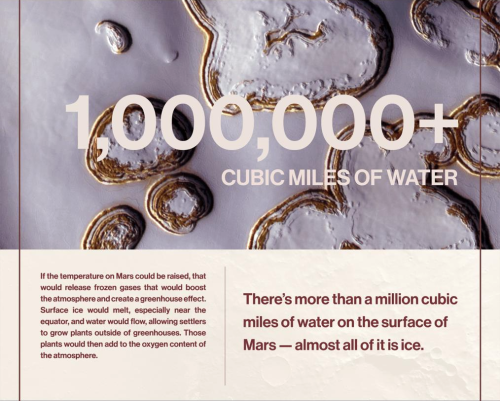
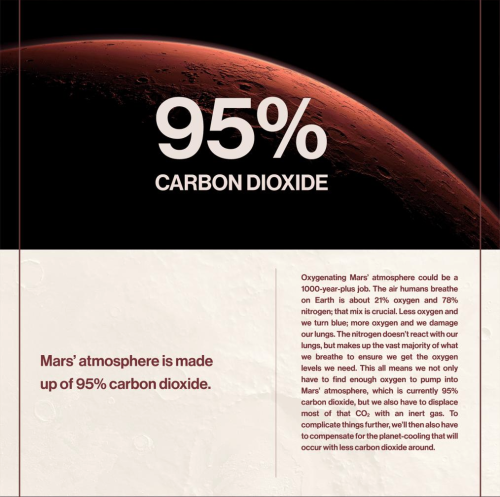
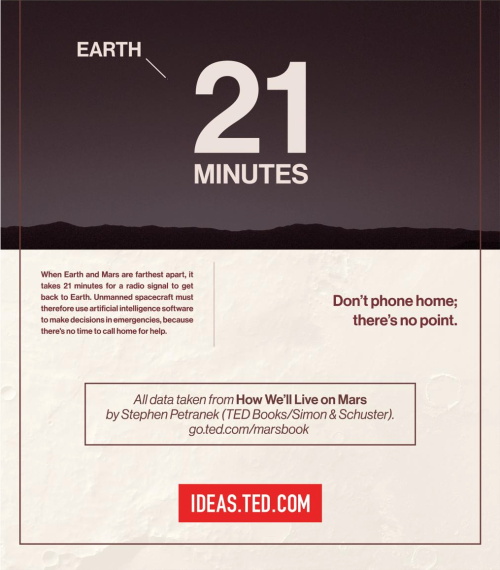
Life on Mars

Atacama Desert








Terraforming Mars

Nebula Images: http://nebulaimages.com/
Astronomy articles: http://astronomyisawesome.com/
What’s Up for October 2016?
What’s Up for October? Moon phases, Astronomy Day, meteors and Saturn!

The new moon phase starts the month on October 1. Of course, the new moon isn’t visible, because it’s between Earth and the sun, and the unlit side is facing Earth.

Night by night the slender crescent gets bigger and higher in the sky and easier to see just after sunset. On the 3rd and 4th, the moon will pass just above Venus!

A week later on the 9th the moon has traveled through one quarter of its 29-day orbit around Earth, and we see the first quarter phase. Also look for Mars just below the moon.

Join us in celebrating International Observe the Moon Night Saturday, October 8th, with your local astronomy club or science center. Conveniently, the 8th is also Fall Astronomy Day, celebrated internationally by astronomy clubs since 1973.

One week later on the 16th the moon reaches opposition, or the full moon phase, when the moon and the sun are on opposite sides of Earth. And the sun completely illuminates the moon as seen from Earth.

During this phase, the moon rises in the east just as the sun is setting in the west. Overnight, the moon crosses the sky and sets at dawn.

A week later, on the 22nd of October, the last quarter moon rises at midnight. Later, the pretty and bright Beehive Cluster will be visible near the moon until dawn.

To wrap up the month, 29 days after the last new moon we start the lunar cycle all over again with another new moon phase on October 30th. Will you be able to spot the one-day old moon on Halloween? It will be a challenge!

There are three meteor showers in October–the Draconids, the Taurids and the Orionids. Try for the Draconids on October 8th.

See the Taurids on October 10th.

The Orionids will be marred by the full moon on the 21st, but all three meteor showers will offer some possible bright meteors.

Finally, you’ll have an especially pretty view of Saturn, when it forms a straight line with Venus and the red star Antares on the 27th.
You can catch up on NASA’s lunar mission, the Lunar Reconnaissance Orbiter, the Cassini Mission to Saturn and all of our missions at www.nasa.gov.
Watch the full October “What’s Up" video for more:
Make sure to follow us on Tumblr for your regular dose of space: http://nasa.tumblr.com.
How Will We Safely Send the First Humans to the Red Planet?
We’ve been exploring the Red Planet for over 50 years – Mariner 4 launched on this day (Nov. 28) in 1964 and took the first photos of Mars from space the following summer.

We first explored the surface 40 years ago (Viking, 1976) and have had a continuous scientific presence on Mars for nearly 20 years, starting with the landing of the Pathfinder lander and Sojourner rover on July 4, 1997.
We currently have three orbiters – MAVEN, MRO and Mars Odyssey – and two rovers – Curiosity and Opportunity – actively exploring Mars.
These robotic explorers have already taught us a lot about the Red Planet, and future missions will teach us even more about how humans can live and work on the surface.

After sending humans on space exploration missions for the last 50 years, we have gained the experience and knowledge to send the first people to Mars. We are working across all areas to prepare for that historic day and want to share our progress with you.
Building the ride to Mars: NASA’s Space Launch System.
Our ride to Mars, the Space Launch System, is being built right now to meet the challenges of exploring deep space. When it comes to our journey to Mars and beyond, there are no small steps. Our video series by the same name breaks down those steps to show how SLS will send missions to the Red Planet.

Living on the Space Station will help humans live safely on Mars.
New crew members of Expedition 50 will soon conduct more than 250 experiments on the International Space Station. More than 2,000 experiments have already been done!
Experiments in fields such as biology, Earth science, physical sciences and human research are helping us unlock the knowledge needed to enable humans to live in space for long durations. If you missed the recent launch, check out NASA TV for a replay.

Testing Orion helps crew live and work in space and get home safely.
Scheduled to launch atop the Space Launch System rocket for the first time in 2018, an uncrewed Orion will travel farther into space than any spacecraft built for humans has ever gone before. When Orion returns to Earth, splashing down into the Pacific Ocean, it will take a landing and recovery group to safely return the capsule and crew back to land. A variety of testing on the ground, including to structures and parachutes, is helping make sure Orion can safely carry crew to new destinations in the solar system.

In late October, this recovery group, including NASA’s Ground Systems Development and Operations Program, the U.S. Navy, U.S. Air Force and contractor employees, completed its fifth successful practice run to recover Orion aboard the USS San Diego.

We’re using high resolution imagery from the Mars Reconnaissance Orbiter to learn more about potential landing sites for a human mission.
Who knows what surprises the Red Planet holds?
Our Curiosity Rover has discovered all kinds of interesting Mars features including meteorites. How do you learn more about a meteorite? Zap it with lasers, of course.

This golf-ball-sized, iron-nickel meteorite was recently found on Mars where ancient lakebed environments once existed. Named “Egg Rock” for the area in which it was found, it is the first meteorite to be examined using a laser-firing spectrometer.
By studying the conditions on Mars with vehicles like Curiosity, scientists are able to help prepare future astronauts to live on Mars.
How do you prepare the tallest rocket ever built for its first launch?
Another important component in successfully launching the Space Launch System rocket and Orion spacecraft on a Journey to Mars is the infrastructure work being done by our Ground Systems Development and Operations Program at Kennedy Space Center.

While efforts at our Vehicle Assembly Building continue, we hope you’ll be making your plans to join us at the launch pad for the first flight of SLS with Orion in 2018!
Preparing for a human journey to Mars
The next Mars rover will launch in 2020, and will investigate a region of Mars where the ancient environment may have been favorable for microbial life, probing the Martian rocks for evidence of past life.

It will collect samples and cache them on the surface for potential return to Earth by a future mission. Mars 2020 will also conduct the first investigation into the usability and availability of Martian resources, including oxygen, in preparation for human missions.
Make sure to follow us on Tumblr for your regular dose of space: http://nasa.tumblr.com

This ain’t your average balloon


One of 7 ways a trip to Mars could kill you
1) Your rocket could blow up before leaving Earth
Elon Musk’s plan to go to Mars involves strapping a giant spaceship atop the biggest rocket that humanity has ever built. Because any rocket launch basically involves a long, controlled explosion, it’s inherently precarious — no matter how many safety tests are done beforehand. If anything goes wrong, if the explosion gets out of control, the people strapped to that big container of fuel don’t stand a chance.
For context, NASA’s space shuttle program carried 833 passengers between 1981 and 2011. Of those, 14 people died in explosions on two high-profile accidents (Challenger and Columbia), a fatality rate of 1.6 percent. That’s vastly more dangerous than driving and a bit riskier than climbing Mount Everest. (The fatality rate for the Apollo program to the moon was even higher, at 9 percent.)
But, of course, SpaceX would be using newer, more complex, and yet-untested rockets to get to Mars. So it’s tough to say what the actual odds of death would be. Possibly much higher! Note that a couple of SpaceX’s smaller Falcon 9 rockets have either exploded on the launchpad or blown up mid-flight. Engineers and rocket scientists can improve that, but it’s unlikely that the risk will be zero.
Thanksgiving...in Space
Since 2000, humans have continuously lived and worked on the International Space Station. That means plenty of crew members have celebrated holidays off the Earth.

Although they’re observing the same holidays, they do so in a slightly different way because of the unique environment 250 miles above the Earth.
Consider the differences of living on Earth and in space…

Food scientists must develop foods that will be easier to handle and consume in an environment without gravity. The food must not require refrigeration and also provide the nutrition humans need to remain healthy.

Freeze drying food allows it to remain stable at room temperature, while also significantly reducing its weight.

Did you know that all the food sent to the space station is precooked? Sending precooked food means that it requires no refrigeration and is either ready to eat or can be prepared by simply adding water or by heating.

The only exception are the fruit and vegetables stowed in the fresh food locker. The food comes in either freeze-dried containers or thermostabilized pouches. If freeze-dried in a vacuum sealed package, the astronauts have a rehydration system in-flight, which they use restore moisture in their food. If thermostabilized, the packaging is designed to preserve the food similar to canned products, but instead in a flexible, multi-layered pouch.
So what will the space station crew eat this year (2016) for Thanksgiving?
Turkey
Cherry/Blueberry Cobbler
Candied Yams
Rehydratable Cornbread Dressing
Rehydratable Green Beans and Mushrooms
Rehydratable Mashed Potatoes
What are you bringing to Thanksgiving on Earth this year? Treat your family and friends astronaut-style with this cornbread dressing recipe straight out of our Space Food Systems Laboratory…no freeze drying required!

For spaceflight preparation:
Baked dressing is transferred to metal tray and freeze-dried accordingly. One serving of cornbread dressing shall weigh approximately 145 g prior to freeze-drying and 50 g after freeze-drying.
Learn more about our Food Systems Laboratory in this Facebook Live video: https://www.facebook.com/ISS/videos/1359709837395277/
Happy Thanksgiving!
Make sure to follow us on Tumblr for your regular dose of space: http://nasa.tumblr.com